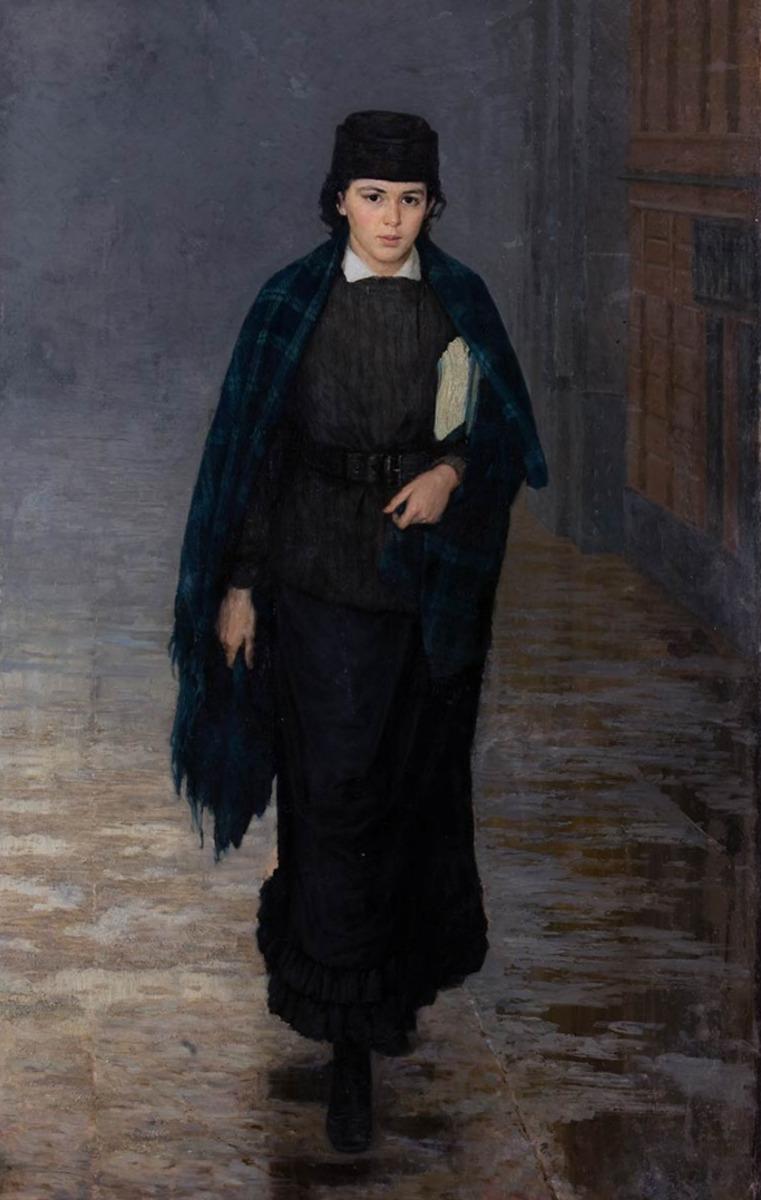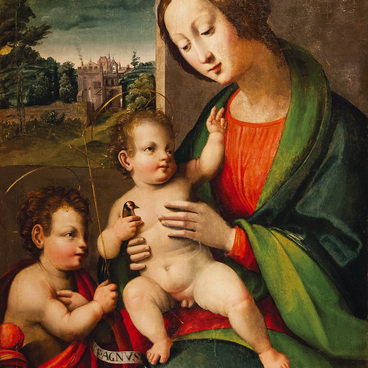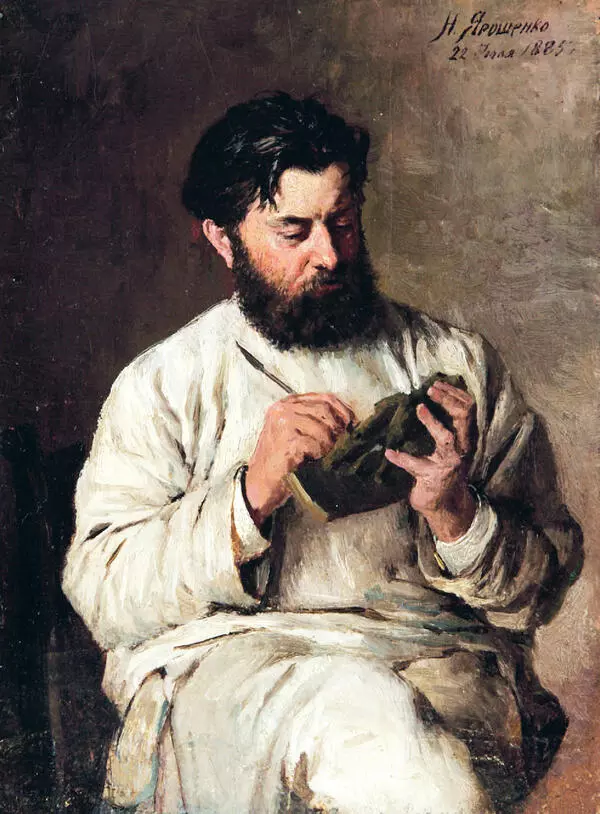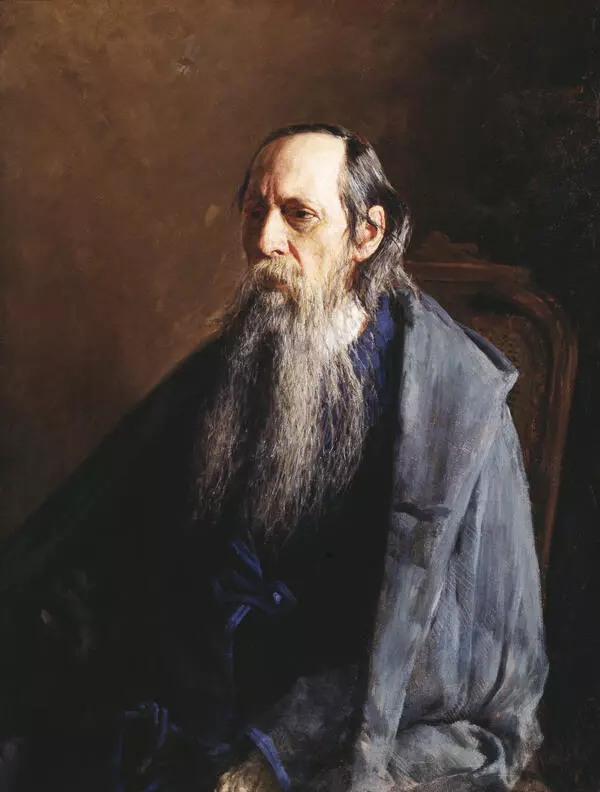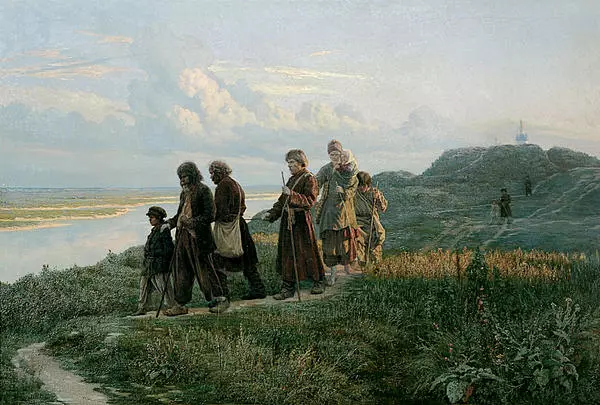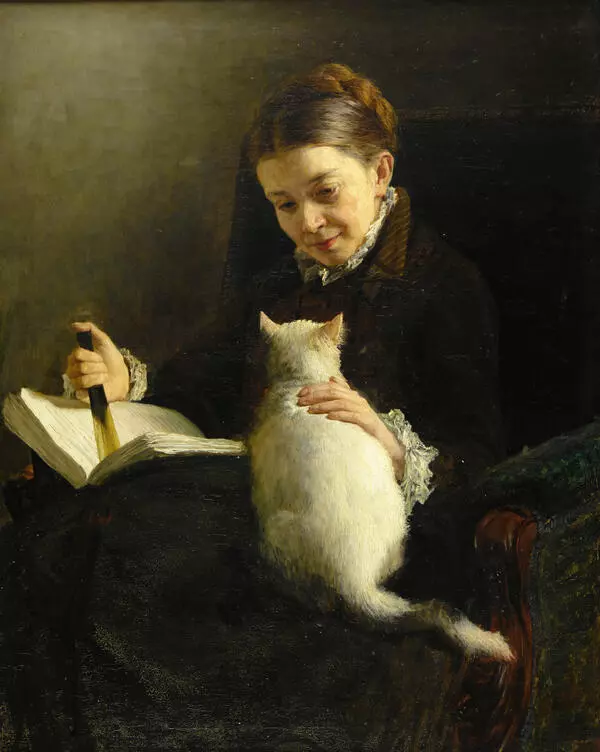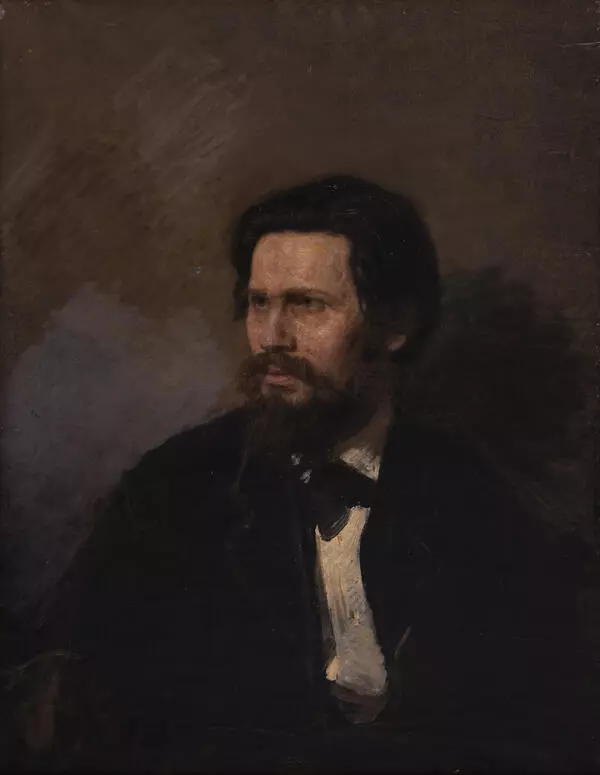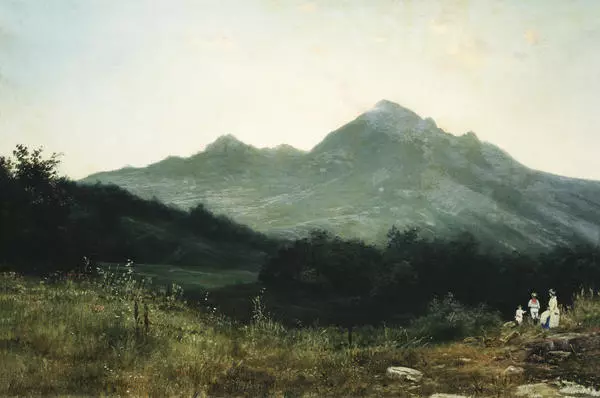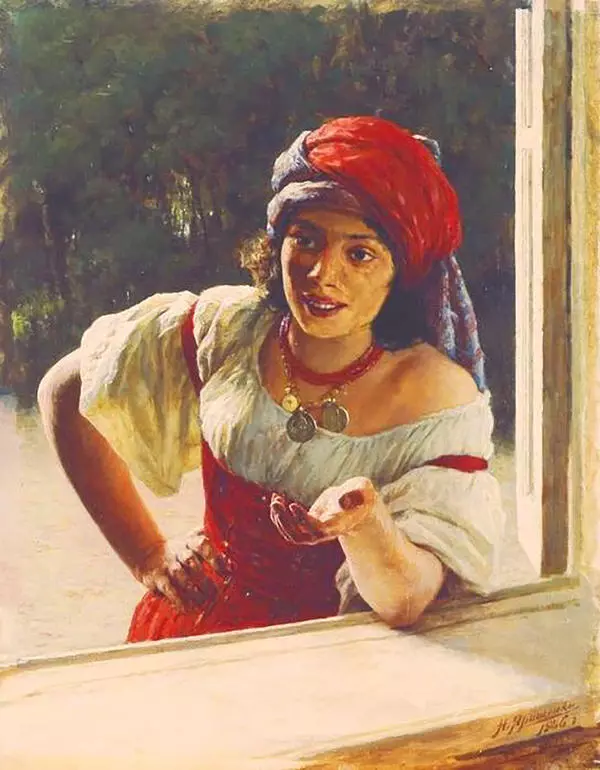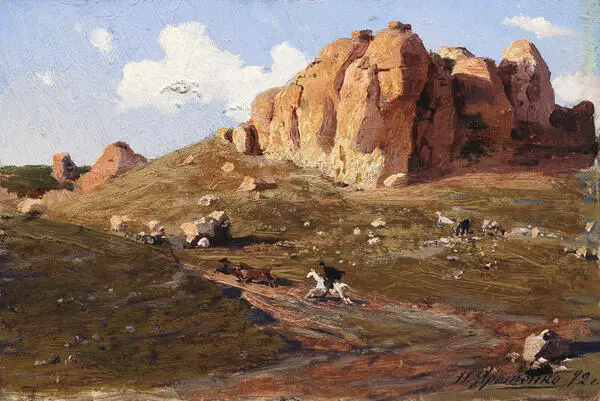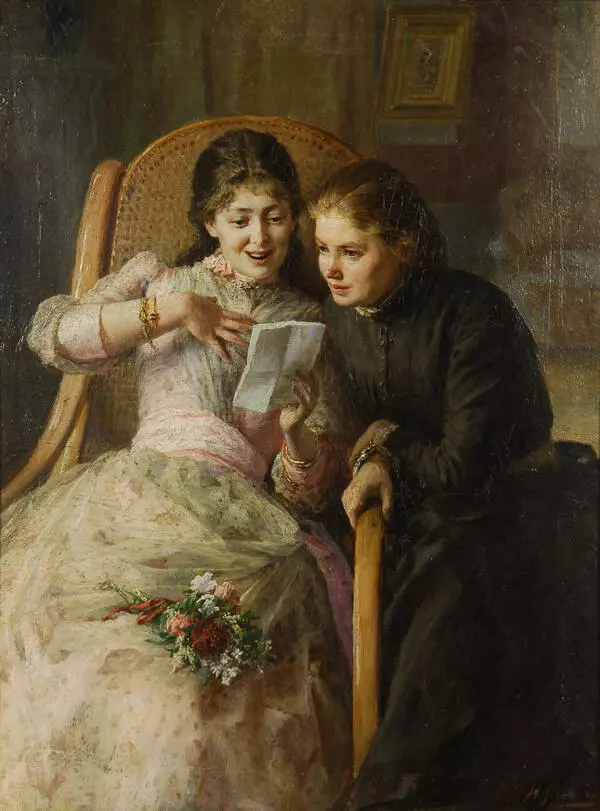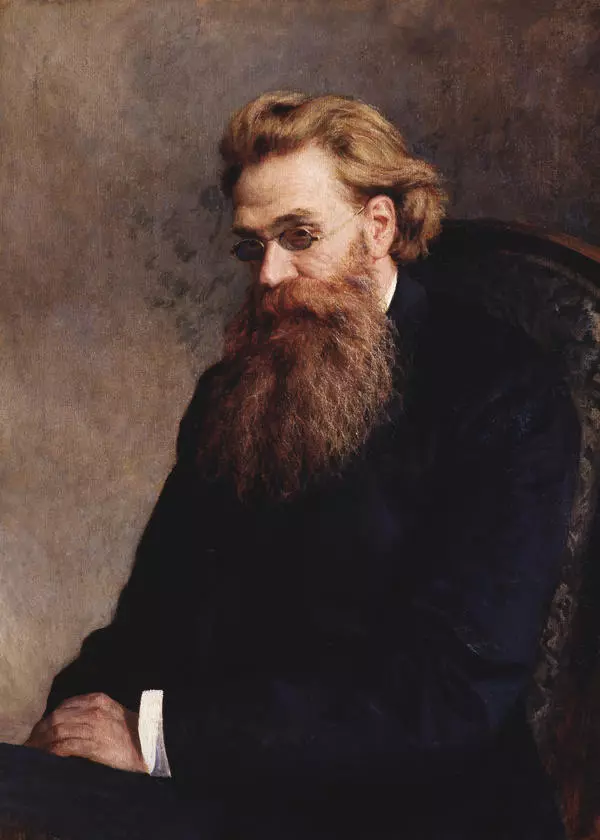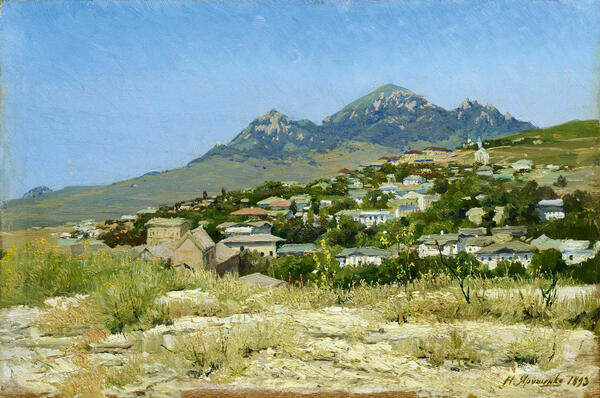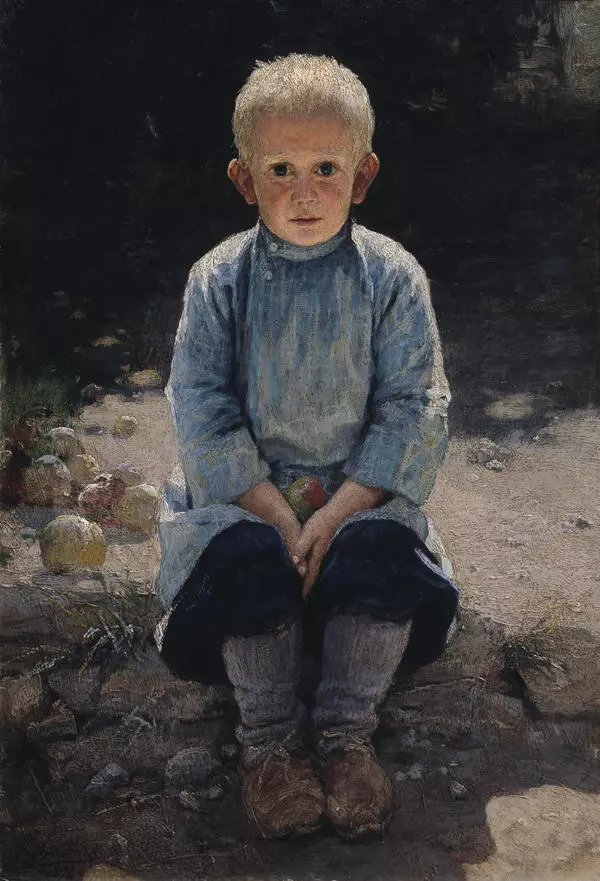Nikolai Aleksandrovich Yaroshenko was born into a military family in Poltava in 1846. At the age of nine, Nikolai was enrolled in the Poltava Cadet Corps. He continued his studies at the Pavlovsk Military School in St. Petersburg, and then entered the Artillery Academy. Simultaneously with military science, he studied the art of drawing and painting. His first teacher was Ivan Kondratievich Zaitsev, a former serf. In St. Petersburg, Yaroshenko was mentored by the artist Adrian Markovich Volkov. From 1867 to 1874, he was a non-matriculated student at the Academy of Arts under Ivan Nikolaevich Kramskoy’s tutorship.
Several versions of the painting “Female Student” are known. One of them was destroyed by the artist himself. The second one, shown at the 11th Peredvizhniki exhibition, was presented to his brother and is now on display at the Kaluga Museum of Fine Arts. The third version, which is quite similar to the second one, is now housed in the Kyiv National Museum of Russian Art.
The painting depicts a fragile young woman in dark clothes of strict cut hurrying along a foggy street, with a black hat on her head, a shawl draped over her shoulders, and books under her arm. However, the picture should not be interpreted only as a portrait. To some extent, the work conveys a generalized image of a young contemporary of the artist, reflecting the socio-cultural phenomenon of his time.
The writer and journalist Gleb Ivanovich Uspensky wrote in an essay about the “Female Student”,
Several versions of the painting “Female Student” are known. One of them was destroyed by the artist himself. The second one, shown at the 11th Peredvizhniki exhibition, was presented to his brother and is now on display at the Kaluga Museum of Fine Arts. The third version, which is quite similar to the second one, is now housed in the Kyiv National Museum of Russian Art.
The painting depicts a fragile young woman in dark clothes of strict cut hurrying along a foggy street, with a black hat on her head, a shawl draped over her shoulders, and books under her arm. However, the picture should not be interpreted only as a portrait. To some extent, the work conveys a generalized image of a young contemporary of the artist, reflecting the socio-cultural phenomenon of his time.
The writer and journalist Gleb Ivanovich Uspensky wrote in an essay about the “Female Student”,

